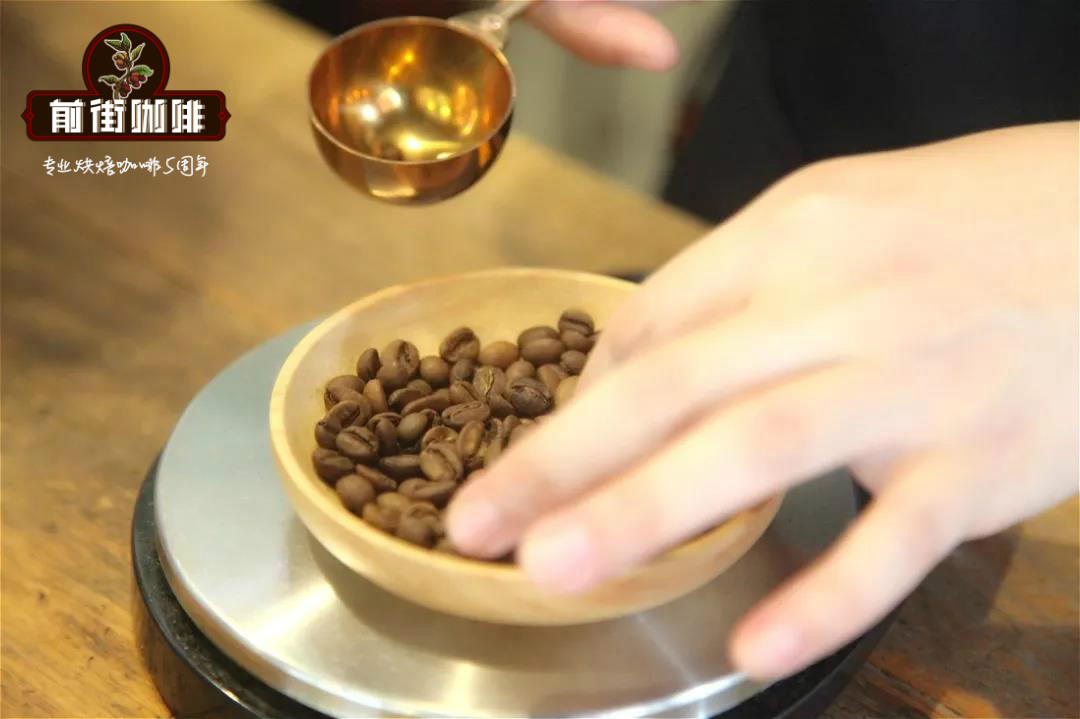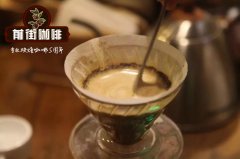Characteristics of flavor and taste of growing altitude varieties in SHB producing area of Ecuadorian coffee

Professional coffee knowledge exchange more coffee bean information please follow the coffee workshop (Wechat official account cafe_style)
Ecuadorian Coffee Loha SHB Ecuador LOJA SHB
1212 Central America
Ecuadorian coffee flavor description: it has rich floral aroma, apple flavor and comfortable sweetness. Micro petals, good cleanliness, moderate body, with a touch of cocoa, baked biscuits and caramel, refreshing and not thick.
Country: Ecuador
Product name: SHB, Loha, Ecuador
Producing area: Loha
Grade: SHB
Treatment: washing
Altitude: 1450m-2000m
Variety: iron pickup
Ecuador, located between Colombia and Peru in South America, has a long history of coffee cultivation. The Loha region, located in the south of Ecuador and close to the Andes, is one of the highest coffee-growing regions in the world and an important coffee export city in the country.
Ecuadorian coffee is mainly planted in natural shade, and the local high altitude, climate change and soil quality are very suitable for coffee growth, with many excellent planting conditions for growing coffee.
Ecuadorian coffee plantations are located in the western hills of the Andes south of Guayaquil and in the hills of the coastal province of Manabi. The low altitude area of Manabi, which is 500-700 meters above sea level, is the largest area of production in Arabica, producing about 50% of the country's. Some Robusta varieties, used for soluble (instant) coffee, are grown in northern Ecuador. Most Ecuadorian coffee is grown on small farms with an area of 1 to 10 hectares, about half of the coffee land is grown separately, while the rest is grown on cocoa, citrus fruits, bananas and mangoes.
Ecuadorians do not believe that good coffee must grow at high altitude. they grow coffee not only along the ridge bones of the Andes, but also in coastal areas, low-lying Amazon basins and even the Galapagos Islands. As roasters across the United States are looking for sustainable, small coffee plantations, they are increasingly turning to Ecuador, where it is not uncommon for names like Loja, Zaruma and Intag to appear in bean bags.
Important Notice :
前街咖啡 FrontStreet Coffee has moved to new addredd:
FrontStreet Coffee Address: 315,Donghua East Road,GuangZhou
Tel:020 38364473
- Prev

Flavor characteristics of Ecuadorian Coffee La Playa Castio Castillo from producing area
Professional coffee knowledge exchange more coffee bean information please follow the coffee workshop (Wechat official account cafe_style) [Paradise 12.21Bake] Ecuadorian coffee La Playa Casteo "2016 Taza Dorada Arabica Competition" 4th (227g original) [Paradise] Ecuador La Playa Castillo Ecuadorian coffee flavor: coffee flowers and Mo
- Next

How about Mexican Chiapas Serran Organic Coffee? Mexican coffee has a special flavor.
Professional coffee knowledge exchange more coffee bean information please follow the coffee workshop (Wechat official account cafe_style) Mexican coffee Chiapas production area Serran small farmers' cooperative (organic bean roasting) weight: half pound English name Mexican Chiapas Mexico Chiapas graded SHG producer OPCAAC treatment washing Mexico is organic certified coffee
Related
- Detailed explanation of Jadeite planting Land in Panamanian Jadeite Manor introduction to the grading system of Jadeite competitive bidding, Red bid, Green bid and Rose Summer
- Story of Coffee planting in Brenka region of Costa Rica Stonehenge Manor anaerobic heavy honey treatment of flavor mouth
- What's on the barrel of Blue Mountain Coffee beans?
- Can American coffee also pull flowers? How to use hot American style to pull out a good-looking pattern?
- Can you make a cold extract with coffee beans? What is the right proportion for cold-extracted coffee formula?
- Indonesian PWN Gold Mandrine Coffee Origin Features Flavor How to Chong? Mandolin coffee is American.
- A brief introduction to the flavor characteristics of Brazilian yellow bourbon coffee beans
- What is the effect of different water quality on the flavor of cold-extracted coffee? What kind of water is best for brewing coffee?
- Why do you think of Rose Summer whenever you mention Panamanian coffee?
- Introduction to the characteristics of authentic blue mountain coffee bean producing areas? What is the CIB Coffee Authority in Jamaica?

